I have built this circuit to drive a 2 W variable solenoid on connector J5. The signal PWM_V is a 5 V, 1400 Hz PWM signal from a microcontroller that varies the duty cycle via potentiometer input. The MOSFET is a DMG3402L N-channel.
The problem is that the MOSFET seems to be always on; the voltage I measured with a multimeter across the two connector pins (J5) varies between 23 and 24 V depending on the pot input.
The signal on PWM_V measures with the right duty cycle and voltage.
I can’t find the problem. Is the MOSFET fried? Wrong component? Any ideas?
EDIT: Thanks a lot for your answers. So, the MOSFET is probably fried. I changed the schematic and will test as soon as the missing parts arrive:


